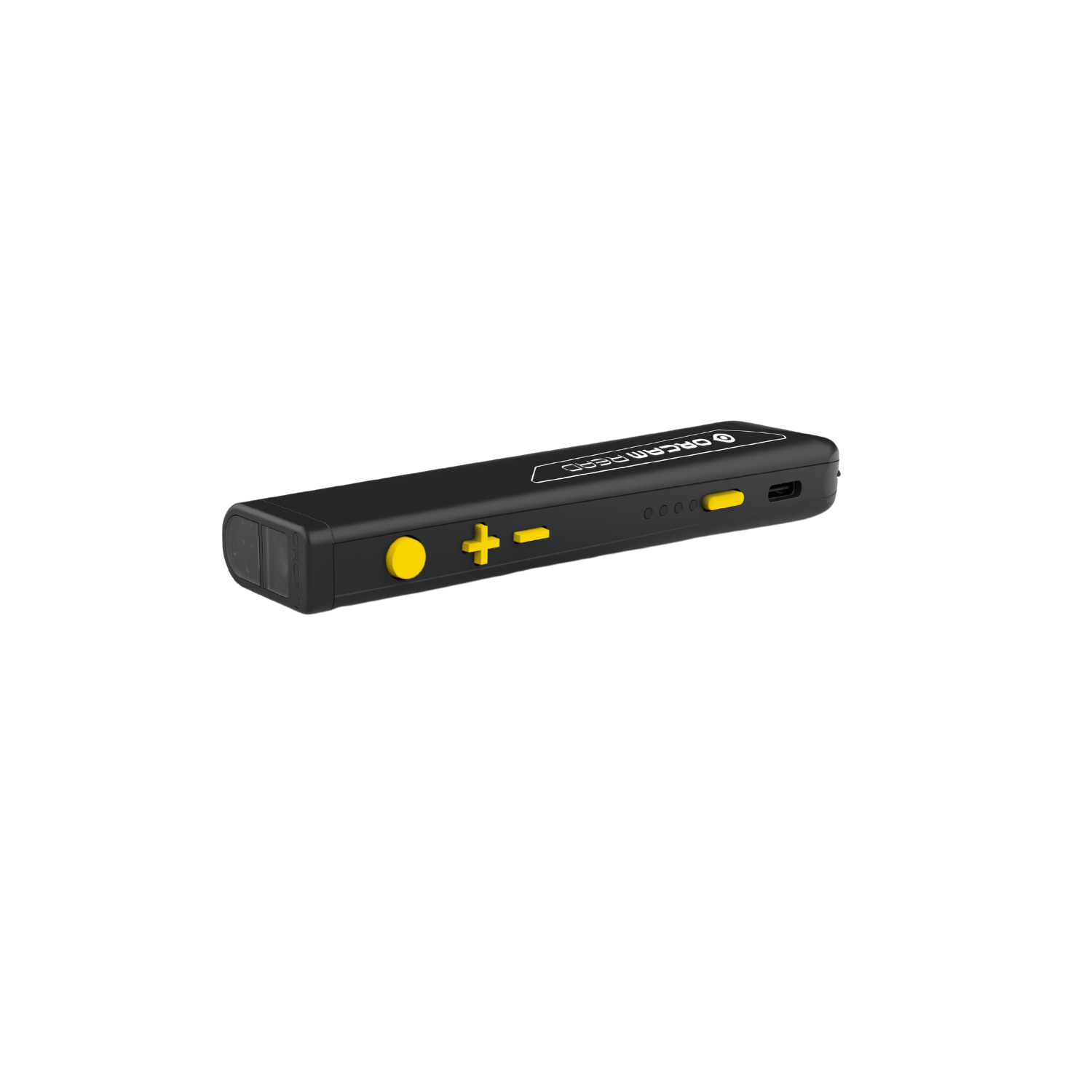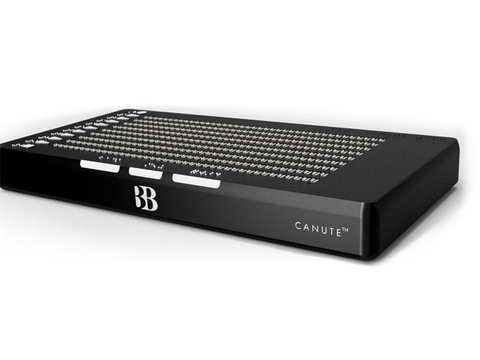OCR Devices for the Blind: Converting Text into Speech with Ease
OCR Devices for the Blind: Converting Text into Speech with Ease
Blog Article
Empowering Self-reliance With Assistive Technology for the Blind
The combination of assistive technology right into the lives of individuals with aesthetic problems represents a considerable development in advertising independence and self-sufficiency. From innovative display visitors to sophisticated smart walking canes, these devices not only enhance daily navigation and communication yet also encourage customers to engage meaningfully in different aspects of life. As we discover the myriad advantages and real-world applications of these innovations, it comes to be critical to check out the hidden elements that add to their performance and the capacity for future developments in this important field.
Summary of Assistive Innovation

The development of assistive innovation is based in concepts of inclusivity and empowerment. Technologies in software program, equipment, and sensory enhancements offer users with alternatives tailored to their particular requirements. From display viewers that convert message to speech, to tactile tools that communicate information through touch, these tools change the way people engage with their surroundings.
In enhancement to sensible applications, assistive technology promotes better social inclusion and involvement in various industries, consisting of education and work (Assistive technology for the blind). As research and advancement continue to progress, the possibility for assistive innovation to further improve the lives of visually damaged individuals continues to be promising, leading the way for an extra fair society where everybody can prosper
Sorts Of Assistive Tools
A selection of assistive tools have actually arised to support people with aesthetic impairments, each created to fulfill certain needs and improve daily functioning. These devices vary from low-tech options to modern technologies, giving varied alternatives for individuals.
Low-tech tools include magnifiers and large-print products that help in reading and writing. Braille devices, such as Braille slates and stylus pens, enable responsive reading and communication. Positioning and wheelchair help, like white walking sticks, aid customers navigate their environment securely.
On the greater end of the spectrum, electronic magnification systems and display viewers use substantial assistance. Electronic magnifiers permit users to enlarge message and photos on displays, while display readers convert electronic web content right into manufactured speech, assisting in access to details on computer systems and mobile phones.
Smartphone applications likewise play a vital function, supplying attributes like text recognition and navigation help. Wearable modern technology, such as wise glasses equipped with augmented truth, is arising as an appealing tool to boost situational recognition.
Advantages of Assistive Modern Technology
The integration of assistive modern technology considerably enhances the quality of life for individuals with visual impairments. These modern technologies equip customers by promoting self-reliance, allowing them to navigate their environments better and execute day-to-day tasks with higher simplicity. As an example, display viewers and magnification software permit individuals to access electronic information, fostering academic and specialist possibilities that may have previously run out reach.
In addition, assistive tools such as smart walking sticks and general practitioners applications give real-time navigation assistance, enhancing wheelchair and security. This boosted autonomy not only enhances self-worth but also motivates social involvement, permitting users to get involved more completely in their neighborhoods.
Assistive innovation additionally facilitates interaction, assisting customers get in touch with others via voice acknowledgment and text-to-speech applications. This capability is essential for keeping connections and accessing crucial details.
In addition, the customization alternatives available with many assistive technologies make sure that users can tailor gadgets to their certain needs, further enhancing use and performance. Generally, the my blog benefits of assistive modern technology for people with aesthetic problems are extensive, advertising a much more inclusive society where everybody can pursue their objectives and ambitions.
Case Studies and Success Stories
Highlighting the transformative influence of assistive innovation, numerous study illustrate how people with visual problems have actually successfully incorporated these tools into their lives. One compelling example entails an university student that utilized screen analysis software program to browse scholastic products and online resources efficiently. This innovation not only facilitated her education but additionally boosted her confidence in joining discussions and group projects.
One more case research study features an expert who utilizes a smart device application made for navigation and item recognition. By utilizing this application, he has actually reclaimed freedom in both his individual and workplace, permitting him to commute independently and involve with coworkers better.
Furthermore, a retiree shared important source her experience with braille e-readers, which enabled her to access a huge variety of literature and stay gotten in touch with her community via book clubs.
These success tales highlight the important role of assistive modern technology in promoting independence, enhancing quality of life, and promoting social assimilation for people with visual problems (Speech-to-text devices for low vision). By accepting these ingenious devices, customers can conquer obstacles and seize opportunities that add to their expert and personal gratification

Future Trends in Assistive Innovation
Development in assistive innovation is positioned to redefine the landscape of support for people with aesthetic impairments. Arising trends emphasize the combination of man-made knowledge (AI) and artificial intelligence, which enhance the capability of devices that aid with navigating and details access. AI-driven applications are now qualified of translating visual data in real-time, making it possible for users to involve with their environment extra independently.
In addition, the development of wearable innovation is progressing rapidly. Smart glasses outfitted with enhanced truth (AR) can provide audio descriptions of surroundings, changing just how customers engage with public areas. These gadgets not only advertise autonomy yet additionally foster social addition.
Additionally, the Net of Things (IoT) is making homes smarter, permitting smooth connection in between day-to-day home appliances and assistive devices. This connection equips individuals by allowing voice-activated controls and computerized feedbacks tailored to specific needs.
Verdict
Finally, assistive modern technology plays a crucial function in encouraging individuals with aesthetic problems by boosting their independence and interaction with their environments. The diverse array of applications and devices available not just assists in navigating and interaction but see this additionally advertises social assimilation and possibilities for expert and personal development. As developments continue in this area, the potential for improving the quality of life for those with visual problems will certainly expand, cultivating better autonomy and empowerment.

Report this page